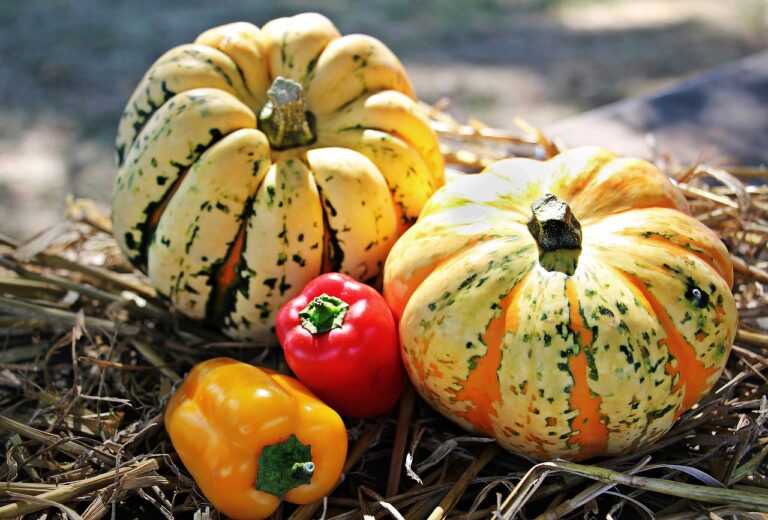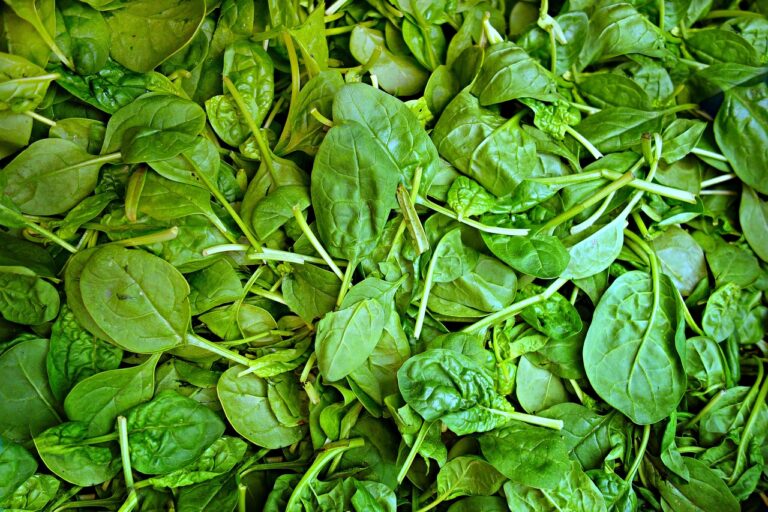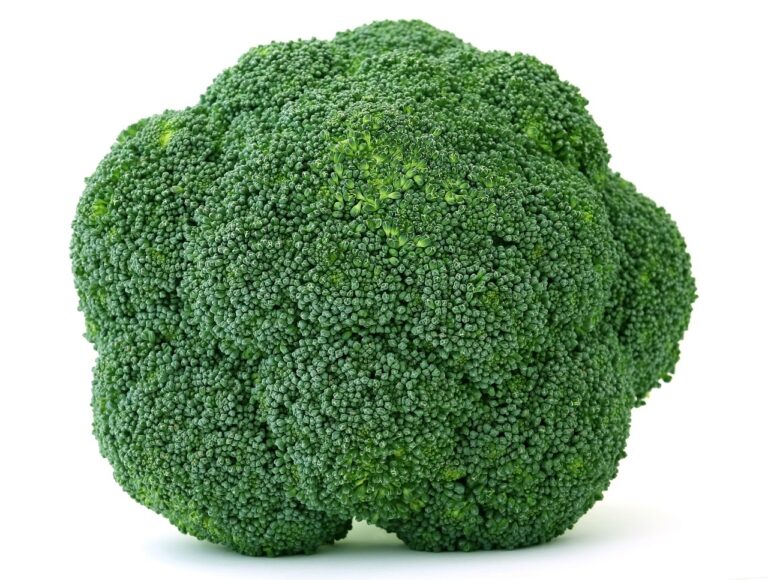Decoding the Labels: Understanding Food Packaging Terminology
When perusing through the aisles of the grocery store, you may come across various food labeling terms that can sometimes be confusing. Terms like “natural,” “low-fat,” and “gluten-free” are commonly found on packaging and can influence our purchasing decisions. However, it is important to understand the meaning behind these terms to make informed choices about the foods we consume.
The term “natural” typically refers to foods that do not contain artificial ingredients or preservatives. However, it is essential to note that the term is not regulated by the FDA, leading to ambiguity in its interpretation. “Low-fat” indicates that a product contains reduced fat content compared to the regular version, but it is crucial to check for added sugars or other additives that may compensate for the reduced fat. Similarly, “gluten-free” means that a product is free from gluten, a protein found in wheat, barley, and rye, making it suitable for individuals with gluten sensitivities or celiac disease.
Nutritional Information Breakdown
Food labels can provide valuable insights into the nutritional content of a product. They often list details such as serving size, calories per serving, and the amount of macronutrients like carbohydrates, fats, and proteins. These figures can help consumers make informed choices about the foods they eat and their overall diet.
In addition to the macronutrients, food labels may also include information on micronutrients such as vitamins and minerals. These essential nutrients play a crucial role in maintaining good health and can vary significantly between different products. By checking the nutritional information on food labels, individuals can ensure they are meeting their daily requirements for these vital nutrients.
• Serving size, calories per serving, and macronutrient breakdown are commonly listed on food labels
• Nutritional information can help consumers make informed choices about their diet
• Micronutrients like vitamins and minerals are also important for overall health
• Checking food labels can help individuals ensure they are getting enough essential nutrients in their diet
What Does “Organic” Really Mean?
“Organic” is a term that has gained significant popularity in recent years, but what does it truly signify when it comes to food products? In essence, organic foods are produced without the use of synthetic pesticides, fertilizers, or genetically modified organisms (GMOs). Farmers who cultivate organic crops follow strict guidelines set by certifying agencies to ensure that their products are free from these harmful substances.
Furthermore, organic livestock must be raised without the use of antibiotics or growth hormones, and they are fed organic feed. By choosing organic products, consumers can reduce their exposure to potentially harmful chemicals and support environmentally-friendly farming practices. While organic foods may come at a higher price point, many individuals believe that the long-term health and environmental benefits outweigh the additional cost.
What is the difference between organic and non-organic foods?
Organic foods are produced without synthetic pesticides, herbicides, and fertilizers, whereas non-organic foods may contain residues of these chemicals.
Are organic foods more nutritious than non-organic foods?
There is some debate on this topic, but some studies suggest that organic foods may have higher levels of certain nutrients due to the way they are produced.
How can I ensure that a product is truly organic?
Look for the USDA Organic seal on the packaging, which indicates that the product has met strict organic standards set by the United States Department of Agriculture.
Are all organic foods free from GMOs?
Not necessarily. While organic foods are produced without GMOs, there may still be a risk of cross-contamination from neighboring non-organic farms.
Is organic food more expensive than non-organic food?
Yes, organic food tends to be more expensive due to the higher costs associated with organic farming practices.







